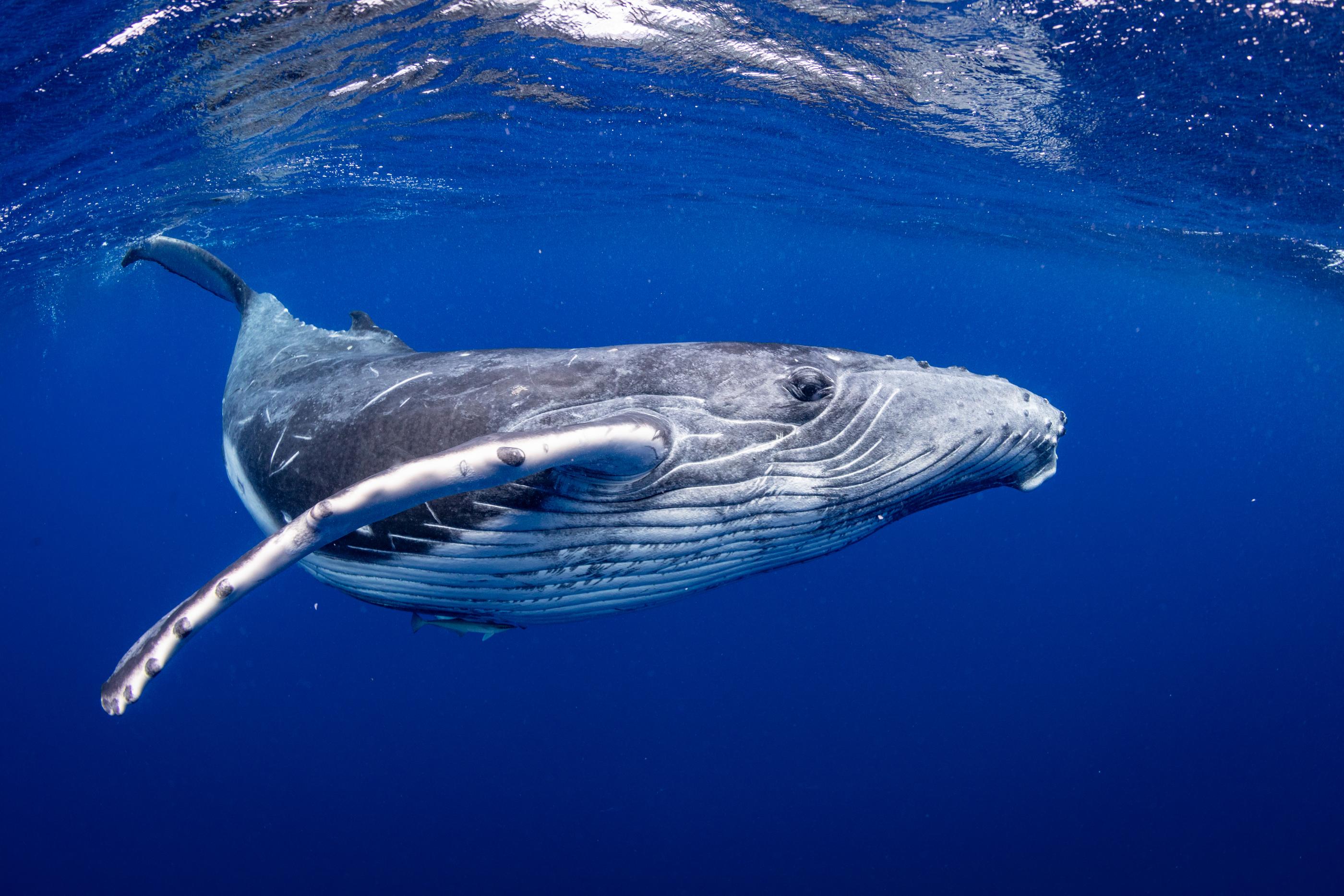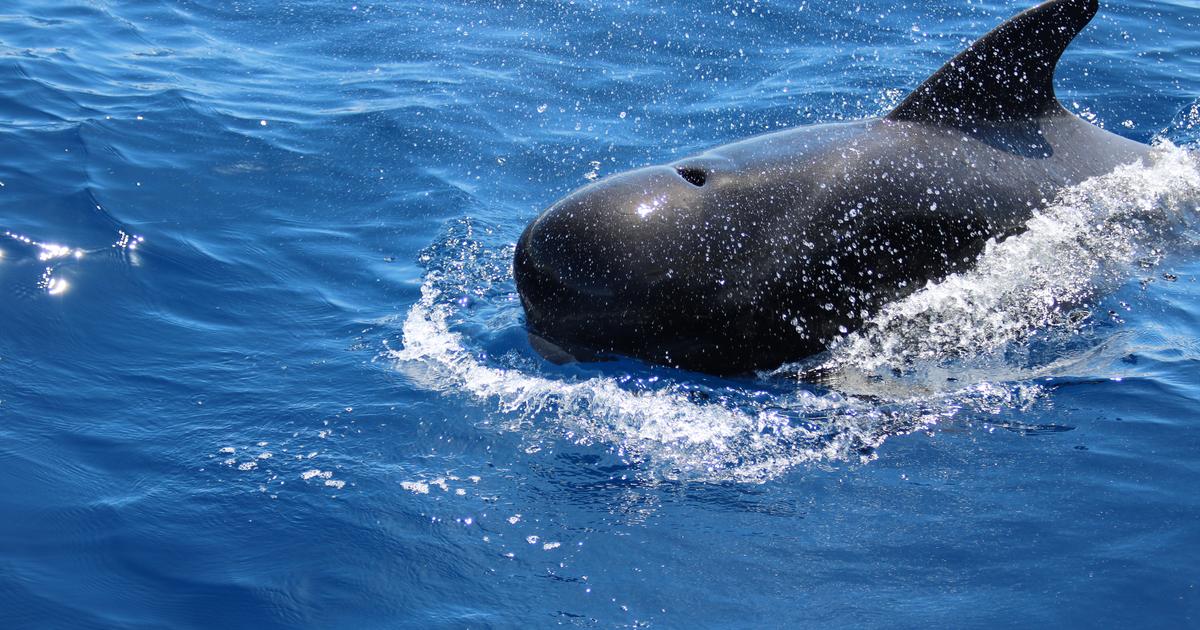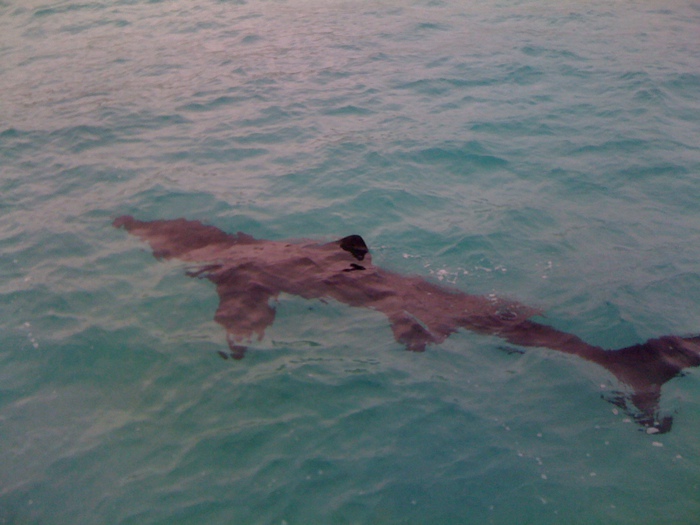The Wanaka, the powerful speedboat of the Cetacean Research Group (Greek) is on alert.
“There is a report of a gray whale in the area.
The day before, the animal, nicknamed Waly, was in Antibes then in Mandelieu (Alpes-Maritimes), where a boater filmed it, ”reports Adrien Gannier, veterinarian who was on board Friday, the day of the alert.
“It's a beautiful meeting, but also very sad, deplores Eric Hansen, of the French Biodiversity Office (OFB).
The animal has nothing to do there, its natural habitat is tens of thousands of kilometers in the North Pacific.
»In the Belle Bleue, there is no suitable food for these animals, normally used to digging in the mud of the far North to find shrimp and mini-crustaceans.
“She is very emaciated, cachectic, she has only skin on her bones.
It's even impressive to see her still swimming, ”says Frank Dhermain, veterinarian of the Miraceti project and member of the cetacean monitoring network.
It is estimated that at 7.70 m the animal is young and could have been weaned a little over a year ago.
Whale in the port of bormes-les-mimosas # bormeslesmimosas #whale
Posted by Tom Hilaire on Friday, April 30, 2021
Finally, on board the Wanaka, the message arrives at the end of the day: “The Whale is in the port of Bormes-les-Mimosas, in 2 m of water and in great danger of stranding.
»The boat leaps up, the telephones ring on the ground ...
The gendarmes of Saint-Tropez to the rescue
“When we arrived in the port, the harbor master's office and the gendarmerie were trying to remove the mammal for its safety and we took over,” says Adrien Gannier.
The team of anti-stranding specialists accompanies the animal out to sea where it resumes its cruising speed.
“The presence of such an animal in the Mediterranean is more than exceptional!
There was only one precedent, in 2010. A gray whale had been reported off Tel Aviv (Israel) and, at the time, the alert had caused amazement, even mockery before, to see the photos », Recalls Frank Dhermain.
In 2013, the small world of oceanologists had recorded another "aberration": a gray whale had surfaced in Namibia, the first spotted in the southern hemisphere.
Read also Fluker, the tailless whale, is in agony
Historically, there have been gray whales in the Atlantic Ocean, but not since the end of the 17th century.
This species is distributed in two populations in the North Pacific, that of the western block, along the coasts of North America and that of the eastern block, on the side of Siberia.
This migrant may well have the habit of swimming for miles and miles, it remains mostly close to the coast.
No way back home
"In whales, the spots they have on the body serve as an identity document, each individual can be recognized perfectly", reports Frank Dhermain.
Waly, reported this Monday off the Camargue, was seen in Rabat, on the Atlantic coast of Morocco, before appearing in mid April near Naples.
Wednesday evening April 28, Italian scientists warned that the animal was off Ventimiglia and that it was going to arrive in French waters.
The next day, it was reported to Mandelieu, then, two days later, to Bormes.
"This Sunday, May 2, she would have been seen in Carry-le-Rouet, but no photo was taken", plague the scientist.
Waly Gray Whale Mediterranean LP / Infographic
Can we save Waly?
No, we can't 'take her home'.
“Towing a whale is above all making it take the risk of breaking its vertebrae,” recalls Eric Hansen of the OFB.
And the North Pacific is very far away… ”But scientists would now like to perform a biopsy on this whale, that is to say recover a little fat, using a sort of underwater crossbow.
“The equivalent of a mosquito bite for the animal,” reassures Frank Dhermain.
The objective of this possible fat sample is to sequence the DNA to know a little more about this young cetacean.
“Does it come from the populations of the western or eastern Pacific?
asks the scientist.
She may even be part of an Atlantic population that would have remained under the radar ... "
The risk of exhaustion
According to him, global warming opening roads in the Far North, we may have to expect more visits from these animals on our Atlantic or Mediterranean coasts. Scientists do not understand how it is possible that this imposing mammal, which must have crossed busy areas, was not reported before its passage near Morocco. Is it a young specimen lost, disoriented by noise pollution? Or an intrepid explorer, who thought he had found a new path for his species?
In the meantime, the cetacean monitoring network does not expect a happy outcome for the animal. If he manages to find the exit, not sure that he has enough strength to find milder waters, not to mention that in the spring the gray whales instinctively go north for their feeding period. The animal should not be exhausted by stumbling endlessly on the Gulf of Lion. "But we must remain humble," recalls the cetacean lover, Frank Dhermain. I never thought I would see a gray whale on the Côte d'Azur, so… ”







